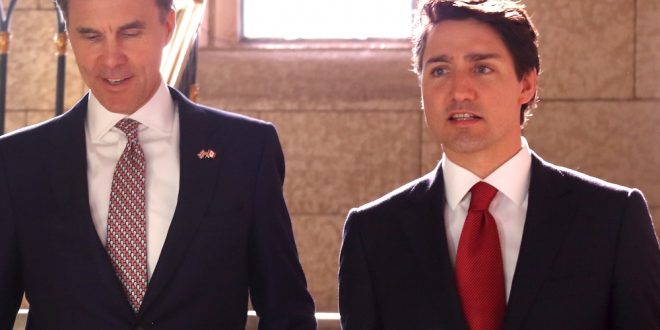The Canadian economy’s performance during the second quarter of the year came against most market expectations, showing a contraction amid a drop in home sales and exporting activity.
A decline in the number of coronavirus cases and lifting the lockdown and preventive measures was not enough for a strong rebound in economic activity.
Canada’s gross domestic product (GDP) contracted by 1.1% during the second quarter of 2021 to CAD 2.071 trillion, according to data by Statistics Canada released earlier on Tuesday.
The reading came against market expectations of a 2.5% growth.
The second-quarter contraction followed a 5.5% annualized gain during the previous three-month period.
Meanwhile, the monthly GDP reading for June showed an expansion of 0.7%.
The Bank of Canada (BoC) in April raised its expectations for economic growth in 2021 to 6.5%, up from a previous estimate of 4%, expecting growth to moderate starting 2022.
The Canadian central bank expects to keep the current level of interest rates until the second half of 2022, compared with a previous estimate of 2023, as this is the time in which the bank expects inflation to return on a sustained basis to the 2% target.
However, this could impact the timing of the
Economists said the GDP miss could impact the beginning time of the tightening, despite expectations for rising inflation, with the August data set to provide a clearer picture.
Canada is economy among the G7 to decline in the second quarter.
The economic decline could play a role in the upcoming national elections after Prime Minister Justin Trudeau called for a snap election.
Conservatives criticized the Liberal Prime Minister after the release of the GDP reading.
Elections are set to be held in less than a month, with the Liberal and Conservative parties head to head in the polls with 33% of the vote expected for each party.
 Noor Trends News, Technical Analysis, Educational Tools and Recommendations
Noor Trends News, Technical Analysis, Educational Tools and Recommendations





